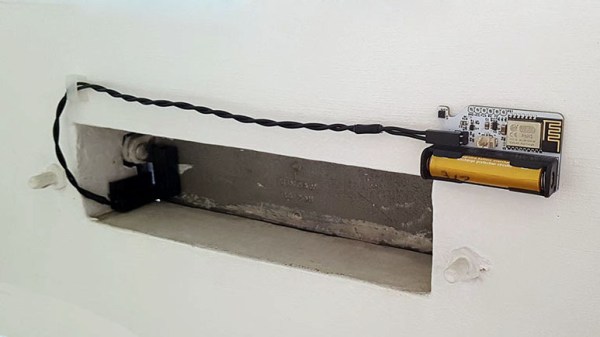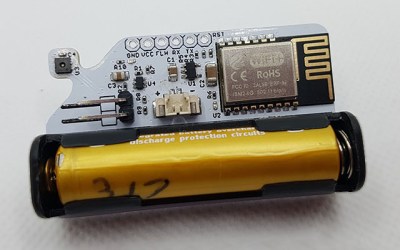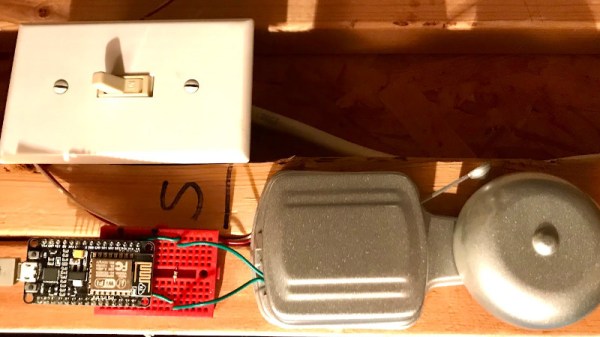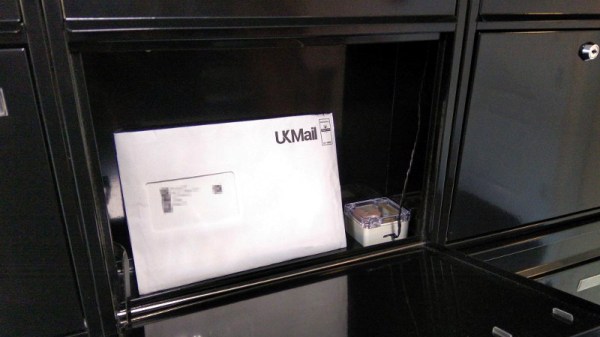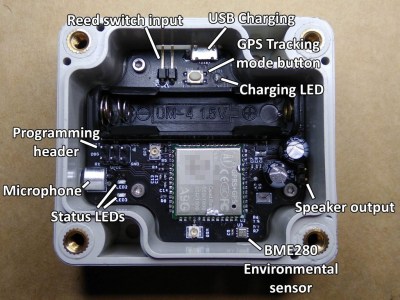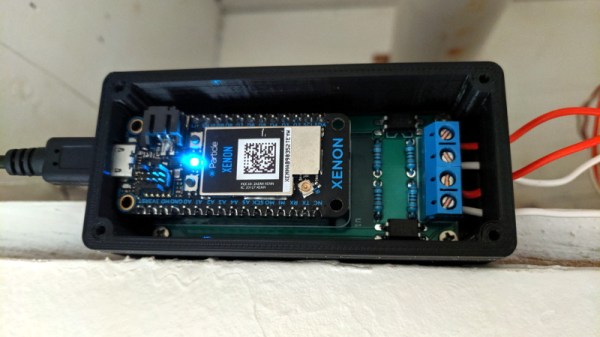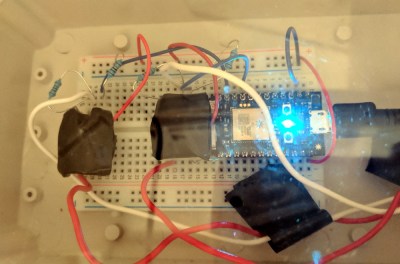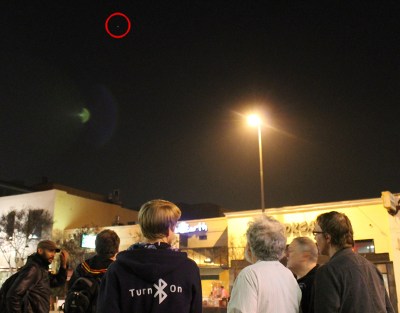Theoretically when you write a GUI-based application for Linux there are standards to follow, with these all neatly documented over at the Freedesktop website. However, in reality, Freedesktop is more of a loose collection of specifications, some of which are third-party specifications that have somehow become the de facto standard. One example of this is the StatusNotifierItem spec that provides a way for applications to create and manage a ‘system tray’ icon.
This feature is incredibly useful for providing a consistent way to users for quickly accessing functionality and to see application status. Unfortunately, as [Brodie Robertson] notes in a recent video, not everyone agrees with this notion. Despite that Windows since 95 as well as MacOS/OS X and others provide similar functionality, Gnome and other Linux desktop environments oppose such system tray icons (despite a popular extension), with an inevitable discussion on Reddit as a result.
Although the StatusNotifierItem specification is listed on the Freedesktop website, it’s under ‘Draft specifications’ along with another, apparently internal-but-unfinished System tray proposal. Meanwhile DEs like KDE have integrated first-party support (KStatusNotifierItem) for the specification. There’s currently an active Freedesktop Gitlab discussion on the topic, whether StatusNotifierItem should even be in the list, or become an approved specification.
With the specification mired in bureaucracy and multiple camps pushing their own idea of what ‘the Linux desktop’ should look like, it feels like a real shame that the Linux Standard Base effort died a decade ago. Users and developers just want their desktop environment to come with zero surprises, after all.
Continue reading “StatusNotifierItem: How Standard Non-Standards Tear Linux Desktops Apart”


